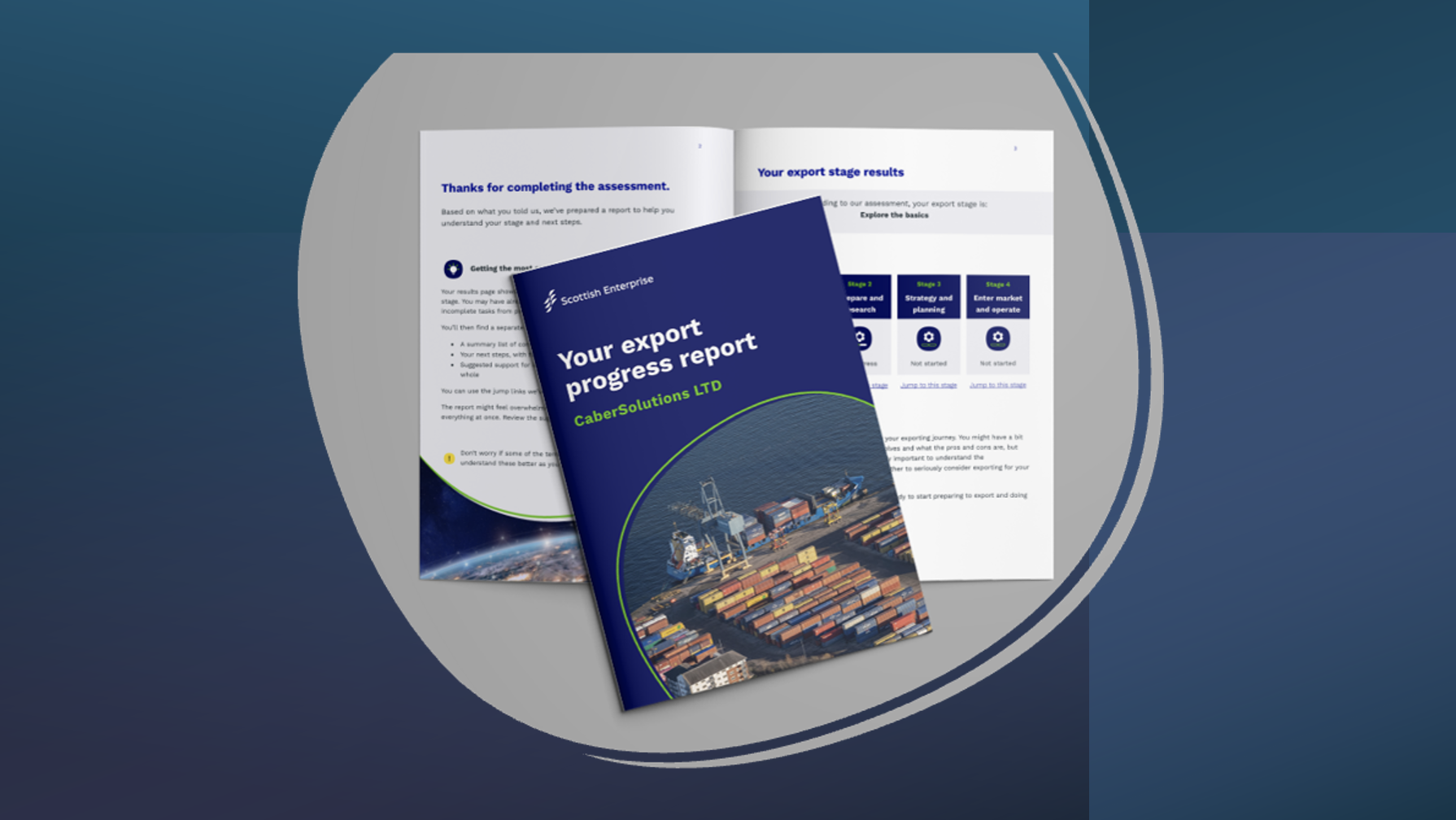Going global? 3 MUST DO’s when assessing new markets for expansion and growth

Blog written by Greg Watts, CEO at Findr
You’ve established yourself in your first market, and now looking to expand to new ones.
When assessing new markets, what characteristics should companies look for and how should they prioritise them?
What makes a good’ market and what makes for a risky one?
In this article, we’ll look at three key considerations for any business looking to enter new markets.
1) Assess the landscape
Do you know how many fintechs actively operate in the UK vs other markets across Europe?
In 2019, Demand Creation Partners undertook an assessment of the fintech landscape in Western Europe. It found that out of a pool of 7,200 companies, nearly 3,000 ”“ or 41% of the total ”“ are active in the UK.
Further, the data shows that 81% of all fintechs in Western Europe actively operate in just eight countries. This is illustrated in the breakdown below.
You can now start to get a picture of how the region is constructed, allowing you to make an initial assessment of the suitability of different markets.
It may make sense to target a market with less competition and potentially lower barriers to entry to create a compelling use case for future growth.
2) Identify your launch criteria
When considering options for expansion, it can be tempting to start with larger, more mature markets such as the UK or US.
Despite leaving the EU, the UK remains the leading fintech market in Europe, accounting for half the region’s VC deals ”” for example, the $80 million funding of BitFury and $110 million funding of Monzo.
However, even with significant investment, the UK can be a hard market to crack.
It’s mature, with just over half of all payments made via card. And even though the US and UK share the same language, there are subtle cultural differences which must be understood before engaging potential partners or signing up users.
To assess your chances of success in a particular market, it’s important to research and weigh up your launch criteria, such as:
- Macroeconomic factors including GDP, economic performance and availability of government incentives.
- Competitive landscape ”“ How many other fintechs operate locally? How do they differ from you? Do you offer a compelling advantage?
- Barriers to entry ”“ Are these high or low? How will local legislation or regulation impact your launch?
- Structure of the local retail and payments market ”“ Is it comprised of home-grown players you’ll need to establish partnerships with or global organisations with which you already have relationships?
- Consumer behaviours and indicators, such as penetration of mobile phones and percentage of cash versus digital payments.
Knowing where you stand vis-Ã -vis these criteria will help you to realistically gauge and prioritize which markets to invest in.
3) Undertake a detailed market assessment
Now that you’ve prioritised your launch market(s), the next step is to undertake detailed assessments of each.
A market assessment is a comprehensive analysis of market trends, entry barriers, regulatory requirements, competition, risks, opportunities and available company resources. Whether you’re thinking of venturing into a new market or launching a new product, conducting a marketing assessment is a critical step in determining if there is a need or customer base for your product.
A well-executed market assessment will enable you to decide where to apply resources for the best return.
4) Develop a go-to-market plan
Now that you’ve prepared your market assessment, the next step is to develop a go-to-market plan to ensure successful entry. Some key considerations include:
- Access to local talent is crucial. Recruit leaders and sales and marketing personnel with a thorough understanding of the market. Be aware, however, that securing the best people can be difficult for a lesser-known brand, so think carefully about your resourcing strategy. In the short term ”“ while momentum is being built and resources are constrained ”“ you can support functions such as product, legal, operations and technology from HQ.
- Identify local partners who can help you raise awareness and introduce you to prospects ”“ for example, chambers of commerce, payment associations or retail consortiums. Who are the banks, acquirers, PSPs and retailers you need to cultivate relationships with? Can you leverage existing relationships? Choosing partners with a presence in your target markets will save you a lot of time.
- Differentiate yourself from local players. Understand local issues and market nuances and develop a proposition that resonates. Ask local experts to review your collateral to ensure your messages are relevant and cannot be misinterpreted through subtleties of language.
- Create an integrated demand generation plan to qualify opportunities for the sales team such as must-attend events where you can build relationships with target clients and partners.
- Identify a local PR agency to support your launch and develop a map of local influencers to form relationships with ”“ for example, journalists, bankers and retailers.
Bringing it all together
When assessing markets for expansion, it can be tempting to prioritise more mature countries such as the UK or the US ”“ particularly when you’re under pressure from investors.
However, these markets often have higher barriers to entry, making them harder to crack.
The goal for any fintech must be to create one or more use cases that prove a solution works; that there’s genuine demand for it; and ultimately, that customers will use it. In order to create these success stories it may make sense to prioritise markets with lower barriers to entry, where the chances of success are higher.
Taking the time to identify criteria for market entry will allow you to focus your resources more effectively and accelerate your plans for growth.
Photo by fauxels: https://www.pexels.com/photo/photo-of-person-using-laptop-3183174/



